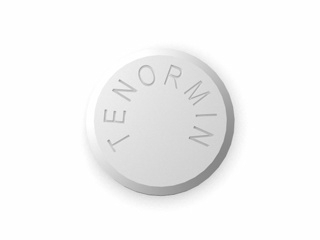Blood Pressure
The Arterial Blood Pressure (ABP) – pressure which is put by blood upon walls of arteries. It unevenly also fluctuates depending on a cardiac performance phase. In a systole when heart is reduced and throws out the next portion of blood in vessels, pressure increases. And in a diastole when heart relaxes and filled with blood, pressure in arteries decreases. Blood pressure upon walls of arteries in a systole is called "top" or systolic, and in a diastole – "lower" or diastolic. The ABP value can be written down through fraction: the first – top, the second – lower.
The ABP – one of the most important indicators of work of a cardiovascular system. At most of healthy people he is rather constant. But under the influence of stresses, exercise stresses, overfatigue, use of a large amount of liquid and under the influence of other factors its size can change. Usually similar changes either are not too frequent, or are not too strong, and within a day do not exceed 20 mm Hg – for systolic, 10 mm Hg – for diastolic. And, here, the numerous or permanent decrease or increase in pressure which is going beyond norm can be an alarm signal of a disease and demands the immediate address to the doctor.






















